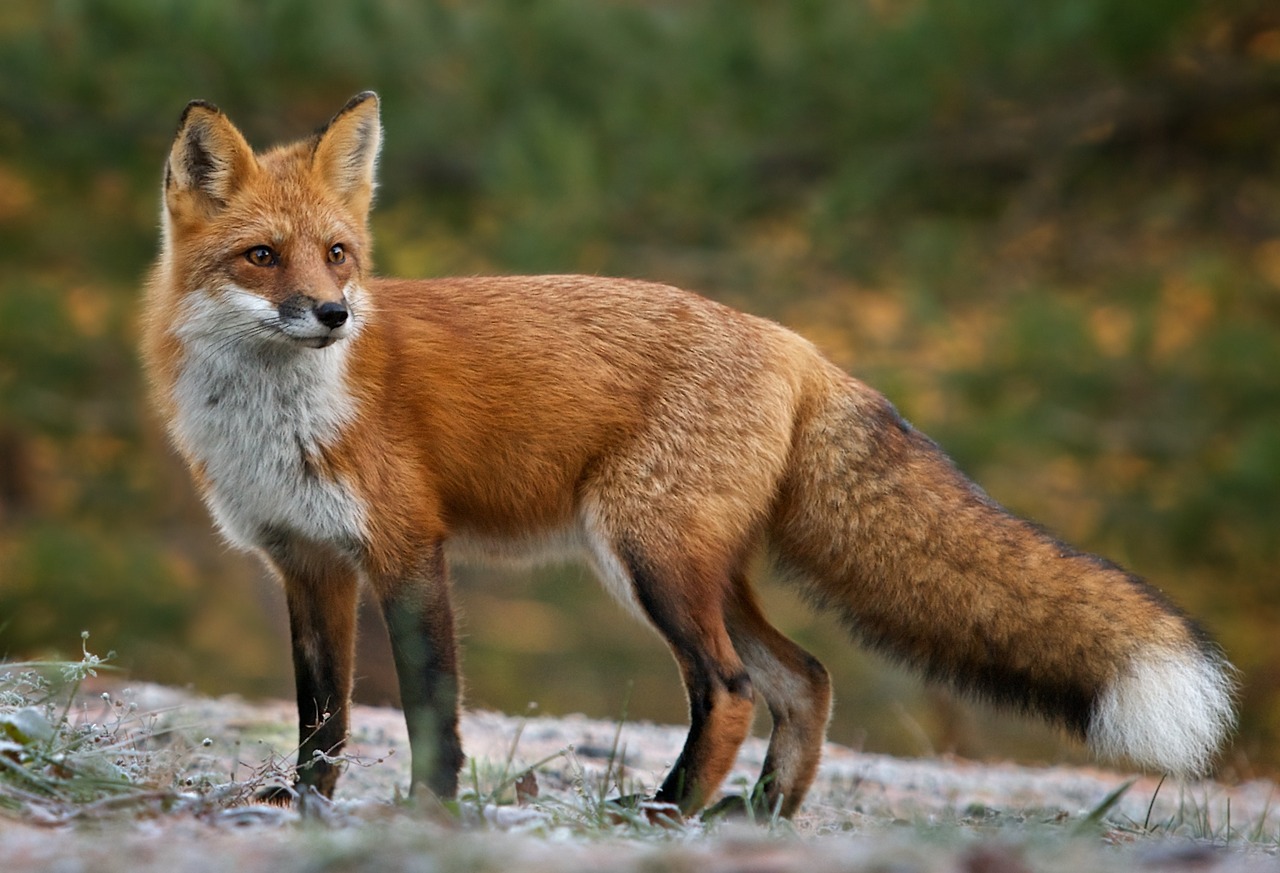Marvelous Creatures: Discovering Animals That Are Red
When we think of the animal kingdom, we often envision a vibrant tapestry of colors, each hue signifying something unique about the species it represents. Among these colors, red stands out as particularly striking and captivating. Animals that are red are often associated with various traits, from warning signals to camouflage in their natural habitats. The richness of red in the animal world not only captures our attention but also plays a crucial role in the survival of these species.
In this exploration of animals that are red, we will delve into the fascinating reasons behind their vivid coloration, the diverse range of species that exhibit this hue, and the ecological significance of red in the animal kingdom. Whether it's the fiery plumage of a bird or the rusty coat of a mammal, red animals bring a sense of wonder and intrigue to nature.
Join us as we embark on a journey to uncover some of the most remarkable red animals, their habitats, behaviors, and the adaptations that allow them to thrive in their environments. From the depths of the ocean to the heights of the treetops, the spectrum of red in the animal world is breathtaking and worth exploring.
What Are Some Common Animals That Are Red?
Red is a color that can be found in a variety of animals across different habitats. Here are some common examples:
- Red Fox
- Scarlet Macaw
- Red Squirrel
- Cardinal
- Fire-bellied Toad
- Red Panda
- Red Eft
- Ladybug
Why Are Some Animals Red?
The coloration of animals is often a result of various evolutionary adaptations. Red animals may exhibit their bright color for several reasons:
- Warning Colors: Bright red can signal toxicity or danger to potential predators.
- Attracting Mates: Many species use vibrant colors to attract partners during mating season.
- Camouflage: In some environments, red can blend in with the surroundings, providing a protective advantage.
- Temperature Regulation: Certain red pigments can help with heat absorption, aiding in thermoregulation.
What Are Some Unique Characteristics of Red Animals?
Animals that are red often possess unique features that complement their striking coloration. Here are a few characteristics:
- Behavioral Traits: Many red animals display bold or dominant behaviors, often due to their bright coloration.
- Habitat Preferences: Red animals may favor habitats where their colors provide the most benefit, such as dense forests or vibrant coral reefs.
- Dietary Needs: Some red animals have diets that contribute to their coloration, such as the consumption of specific plants or algae rich in pigments.
Where Do Red Animals Live?
Red animals can be found in various ecosystems around the globe. Here's a look at some of the habitats they inhabit:
- Forests: Many red mammals, like the red fox and red panda, thrive in forested environments.
- Wetlands: Species like the fire-bellied toad are often found in marshy areas.
- Grasslands: Birds such as cardinals are commonly seen in open fields and grassy areas.
- Coral Reefs: Scarlet macaws are typically found in tropical rainforest regions near water bodies.
What Is the Role of Red Animals in Their Ecosystem?
Red animals play vital roles in their ecosystems, contributing to biodiversity and the overall health of their environments:
- Pollinators: Some red insects, like ladybugs, help pollinate plants, ensuring the growth of flora.
- Prey and Predator Dynamics: Red animals often serve as both prey and predators, maintaining the balance in food webs.
- Seed Dispersers: Many red birds and mammals contribute to the dispersal of seeds, aiding in plant reproduction.
Are There Endangered Red Animals?
Unfortunately, some red animals are facing the threat of extinction due to habitat loss and other environmental pressures. Here are a few notable examples:
- Red Panda: These adorable creatures are endangered due to deforestation and habitat fragmentation.
- Scarlet Macaw: Loss of habitat in tropical forests has significantly reduced their populations.
How Can We Help Protect Red Animals?
Conservation efforts are crucial in safeguarding the future of red animals. Here are a few ways individuals can help:
- Support Conservation Organizations: Donating or volunteering with organizations focused on wildlife preservation can make a significant impact.
- Educate Others: Raising awareness about the importance of red animals and their habitats can foster greater appreciation and protection efforts.
- Reduce Habitat Destruction: Making conscious choices to support sustainable practices can help preserve natural environments.
Conclusion: The Vibrancy of Red in the Animal Kingdom
In conclusion, animals that are red not only captivate our imagination but also serve essential roles in their ecosystems. Understanding their behaviors, habitats, and the threats they face is crucial for their conservation. By taking action to protect these remarkable creatures, we can ensure that the vibrant color red continues to grace our natural world for generations to come.
Captivating Quotes For Facebook Status That Will Get Likes
Lena The Plug Kid: A Rising Star In The Digital World
Unveiling The Life And Career Of David Letterman's Son


